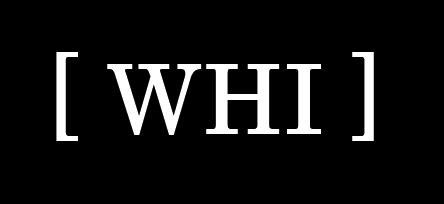When It Comes to Content, There are Two Minds— “Hunt” and “Gather”
There are two main types of content. Each reflects the state of mind the (potential) reader is in when discovering content.
Readers are either hunting for content or gathering it.
The difference boils down to this: Is the reader looking for a specific piece of information? That’s hunting. Or, is the reader simply browsing to see what’s new, interesting, or humorous? That’s gathering.
Which mindset they are in—hunting or gathering—makes a huge difference in the kind of content they are looking for, and what they do once they find it. And that should inform your content strategy. Once you know the difference, you’ll want to start thinking about your own content as either “hunt” content or “gather” content so you can hone it appropriately.
Hunting
The prime example of someone hunting is a user performing a query with a search engine. Think: When do you use Google? For most people, Google is for times when…
- You want an answer to a specific question
- You want a solution to a current problem or issue you’re having
- You’re looking up public information (an address or phone number, store hours, and so on)
- You need to learn about a very specific topic
What these all have in common is that there is a very specific search intent—the user wants a specific piece of information.
Now, let’s think about how that applies to content marketing.
If you are making an SEO play, you are going to be trying to attract (i.e. get the attention of) a bunch of hunters. These people will be on Google and other search engines looking for specific information. Thus, your job will be to optimize for those search engines. You’ll need to find the right keywords and keyword phrases. Many of those keyword phrases will be the various questions and searches that customers commonly have related to your industry.
When it comes to writing something for these hunters, you will want to get straight to the point. They have come to your website looking for specific information, and you have just a few seconds to prove that you’re the one to give it to them. You can still write long, comprehensive pieces—but you need to answer the hunter’s question, or promise to solve their problem, right off the bat. Everything after that should be well-structured, to make it easy to find (and/or skim) the information they need.
The risk here is bounce rate. Once the hunter finds what they want, their tendency is to move on to the next thing. Your challenge, then, will be to keep the hunter engaged and moving along to other parts of your website—hopefully, ending with them making a purchase, placing a call, or requesting a demo.
Gathering
Not everything you read online is the result of a search via search engine. (In fact, most of it isn’t). We also come across content in our social media feeds. Or we visit news aggregator sites. Or we get updates on our phones from the same.
Let’s take the social media example. When we are scrolling through social media, we aren’t looking for something specific. We are seeing what the world has to offer. We are looking to be entertained, awed, and yes, sometimes we are even looking to be informed. We’re browsing the racks, so to speak, not making a beeline to buy gym socks.
That’s the gather mindset. Let’s think about how that applies to content marketing.
When people are gathering, keywords and article structure are less important than having an appealing headline and opening (and for most social media, a provocative image). The goal here is twofold: First, you want to get a person to stop scrolling for a moment and click on the link to your piece of content. Second, you want to encourage them to share that content. “Going viral” makes sense for gather content, not hunt content.
With gather content, stories can play a much bigger role. As long as what you are writing entertains or inspires, the gatherer will go along for the ride. Yes, they are more leisurely with their reading—but they are also ready to jump back to scrolling if you don’t maintain their attention. The content needs to be digestible, but “digestible” looks different here than it does for hunting.
The risk here is the double-edged sword of relevance. On the one-edge: If your content is on some topic that people don’t currently care about, or don’t see entertainment value in, they won’t pause to read it. There is no inherent search intent as with hunting, so there is no built-in audience for your content. You have to find a wider appeal.
On the other edge: Go too wide, and you risk not being relevant to your product or brand. You can be the funniest brand on social media, but if you can’t eventually make the tie-in with what you are selling, you’re no longer marketing. You’re just trying to become a social media celeb.
So ask yourself: When it comes to content, are you trying to attract hunters? Or gatherers? Or both? How does this link up with your marketing channels? How does it link up with the content you provide?

Brandon N. Towl is an SEO strategist and content expert who helps companies stand out in both traditional search and emerging AI-driven discovery. He is the founder of Words Have Impact, a content agency, and Human Driven Understanding, a consultancy focused on buyer insights and strategy.




